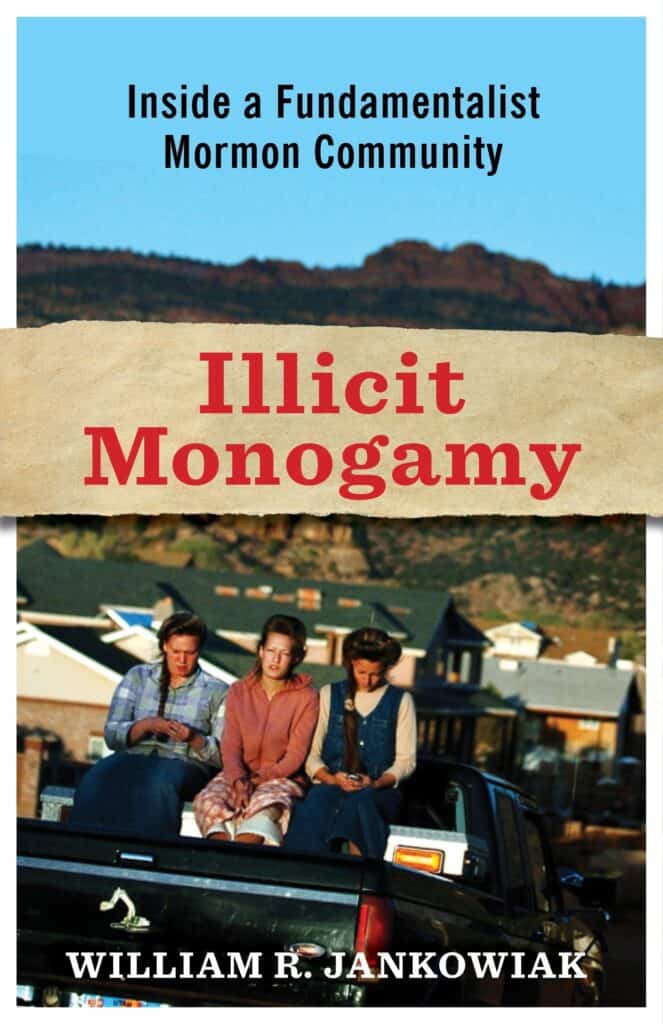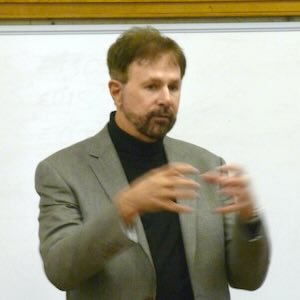William Jankowiak
American history is filled with novel attempts to embrace, ignore, deny and re-image the proper relationship between sex and love. In spite of optimistic expectations and enthusiastic hopes, research has shown that polyamour arrangements and plural love communes are inherently fragile, unstable, and seldom long lasting. In my recent book, Illicit Monogamy, I argue that the problematic nature of polygamous and polyamour “families,” stems from the dyadic nature of love.

Although we live in an era that believes in gender fluidity and sexual experimentation that does not want, seek or admire monogamy, research repeatedly finds that whatever the experimental lifestyle individuals embrace, the pull for forming an inclusive emotional monogamous union, albeit often short lived, is the voiced or unvoiced outcome. In doing so, participants willingly and unwillingly undermine their own and their communities’ publicly proclaimed counter mainstream position that plural love is a healthy, satisfying, and deeply enriching experience.
The Mormon Fundamentalist community that I studied is organized around a notion of harmonious or familial/plural love that encourages the development of a spiritual love bond between all family members. The bond includes co-wives and their children who collectively learn to love and care for each other. In effect, it is an idealized state that is neither individualized nor dyadic in orientation. Harmonious plural love, unlike a dyadic love bond, is akin to communitas in being unbounded in its potential for forging, strengthening, and sustaining affectionate bonds. It is somewhat equivalent to William Reddy’s idea of “longing for association.” Because it encourages respect, empathy, helpfulness, and lasting affection, harmonious love often serves as the principal means to bind and unite the polygamous family. Its non-dyadic focus stands, however, in sharp contrast to romantic love, a tolerated but seldom openly affirmed emotional experience. Although harmonious plural love is fervently stressed as the ideal, it is vulnerable to personal sexual desires and romantic preferences.
My working thesis is that humans as a species are not so much sexually monogamous as they are emotionally monogamous. It is very difficult to love two people at the same time. To determine if the hunch was correct, I embarked on a six-year investigation into a Mormon polygamous family that believes plural, not romantic love, is the highest form of love. In plural love, wives, children, and husbands hold a high mutual regard for each other and actively work, and often struggle, to build a harmonious plural love bond that will unite them in this world and in the next. The polygamous family is held together as much by a collective will or communal effort to maintain a strong image of a harmonious family as it is through individual actions and decisions. The community’s own belief that this harmonious plural love bond can be accomplished has received support from a few anthropologists. For some researchers, the pair bond is a culturally constructed ideal, more a byproduct of a specific type of social organization and thus not a cultural universal. In this way, it is not inconceivable that communal efforts at complex family living can be successful. Others disagree, arguing that an impulse to form a pair bond is present in every known society, even in those that strive to deny its existence.
So who is more correct? Can the “impulse” to form an exclusive pair bond be readily reconceptualized and relegated to a secondary or minor consideration? Throughout the book I explore how members in Mormon fundamentalist communities strive to form and uphold a cosmology that deeply values the creation of a harmonious plural loving family that recognizes yet devalues dyadic love. To recognize the personal and ethical dilemmas that can arise from individuals embracing the often-dueling values of dyadic love and plural love provides a framework to understand how these values have and continue to shape family life in the fundamentalist community.
In sum, the book strives to divert the readers’ attention from the expected political economy and sexual economy which has been most of the popular discourse on polygynous families and guide the reader into the psychodynamics of ordinary life, especially the tension between their cosmological-theological rationale for plural love and the psychodynamics realities of the pair bond.


NOTCHES: (re)marks on the history of sexuality is licensed under a Creative Commons Attribution-NonCommercial-NoDerivatives 4.0 International License.
Based on a work at www.notchesblog.com.
For permission to publish any NOTCHES post in whole or in part please contact the editors at NotchesBlog@gmail.com




